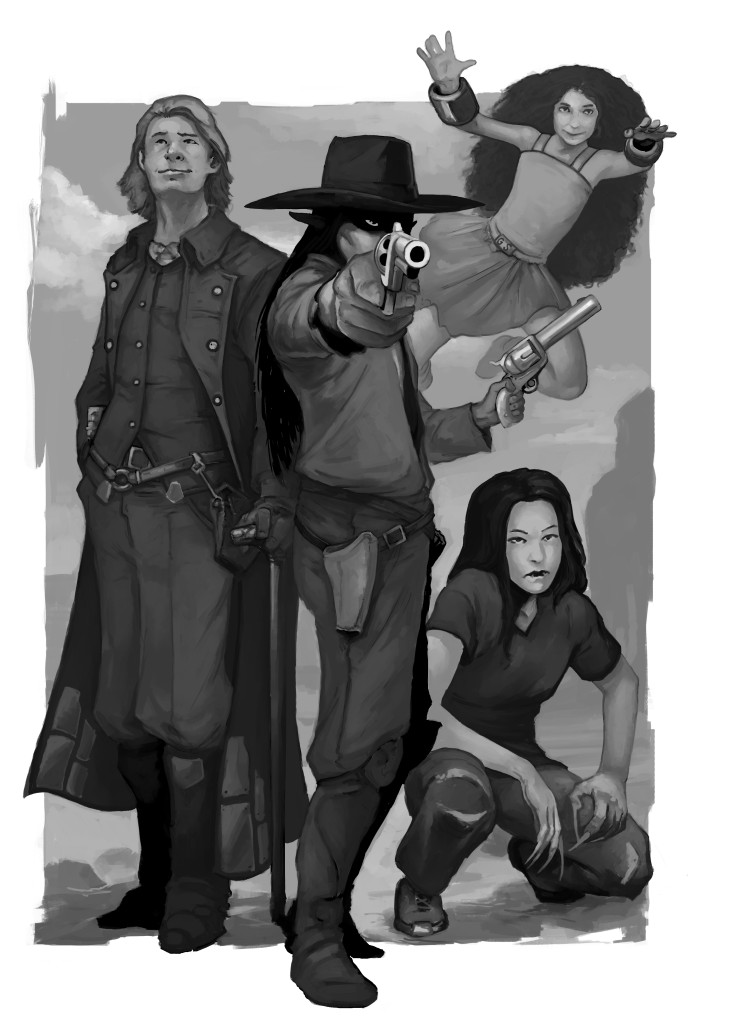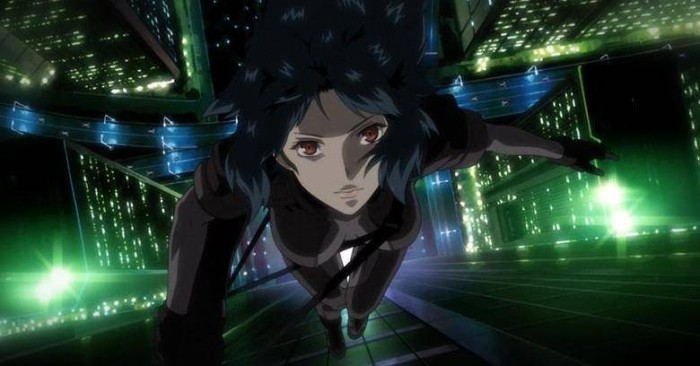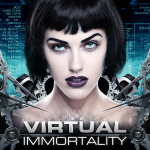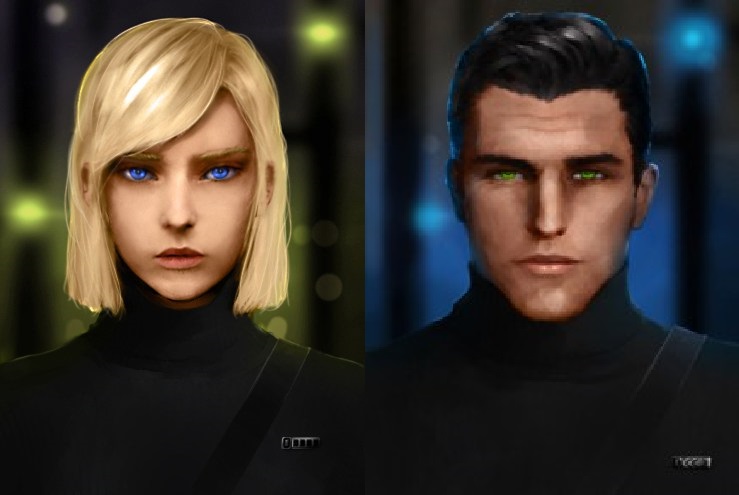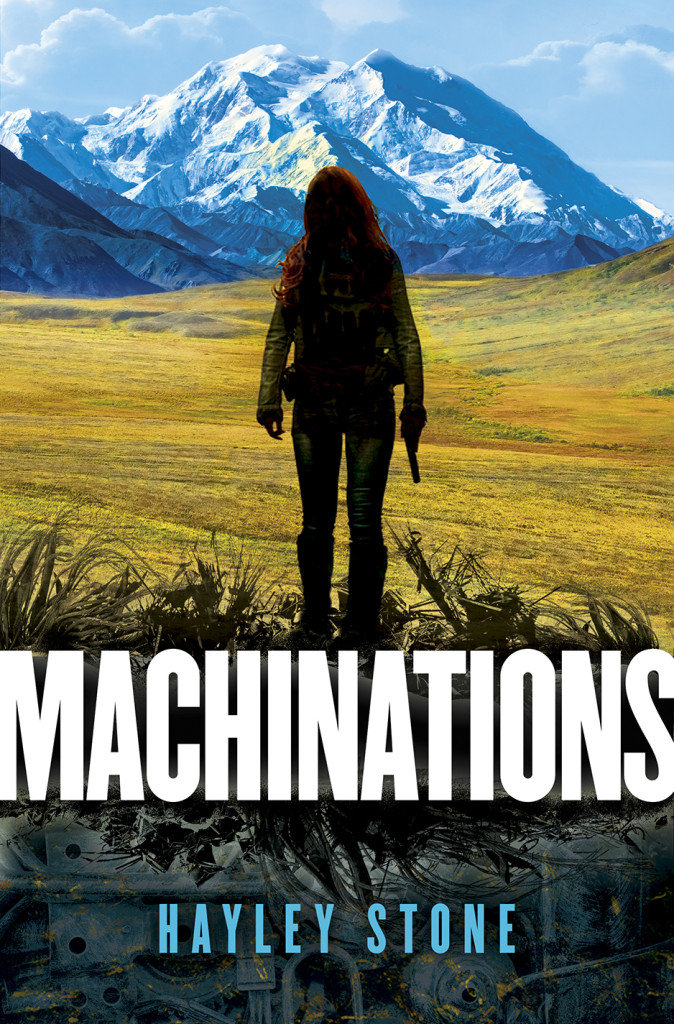
Dialogue can be one of the hardest things to do for some writers and feel effortless for others, but one thing is true for every novel: Great dialogue has the power to make a mediocre story shine, and poor dialogue can make a great story crash and burn. A novel can have the most epic plot in the world, but if a reader can’t keep a straight face whenever the characters open their mouths, it’s going to be a memorable read (and not for the right reasons).
Perfect grammar abounds
I’ve edited or proofread some manuscripts where every character (from wealthy to street kid) spoke with perfect and complete grammar, each sentence formed to the letter of the grammarian’s bible. Despite being technically correct, this is not how people talk. It reads stiff and stilted, and you can almost picture the characters as high school students snoring their way through a drama class reading while holding the script in their hands. It’s most noticeable as a problem when a character who is supposed to have had no formal education is whipping out sentences that sound like an Oxford English scholar.
Of course it isn’t necessary to load every character’s dialogue up with slang and poor grammar, but when your entire cast sounds like they all have a masters in English literature, it’s going to ring false to the reader.
Personality
People are different. Another problem I see from time to time is dialogue that has no sense of identity to it. A story where every character sounds the same gets tired fast. If you can pick out any ten random lines of dialogue, and the lack of personality in the words makes them easily able to have come from any character in the story, something is wrong.
Think about co-workers or friends around you. Do any of them have ways of speaking unique to them? A word or phrase they use all the time that’s odd, a piece of home-made slang they picked up as a kid? Some people say “that’s cool” a lot, others use the F bomb like a piece of punctuation, even when they’re not upset.
Consider how your character’s background shapes the way they talk. Similar to the ‘perfect grammar’ issue, a reader ought to be able to feel who belongs to dialogue by the way the words are arranged and used.
The best dialogue carries a sense of personality, bringing the words to life as though they came from a real person, not a thought construct in some author’s mind. One technique is to make use of dialect-izing the words, illustrating a phonetic pronunciation. Be careful with this though as taking it too far can vary from being offensive (if it trips a stereotype) to indecipherable (if the dialect is laid on too thick). Another way is to use normal spelling, but use odd word order, which matches regional modes of speaking or conveys a sense of a less formal education.
Slang also plays a strong part in lending personality to a character when it is appropriate for them, further letting the reader into the world that character came from.
Overused phrases / beats
Repetition stands out to readers, and this also holds true for dialogue. If you find characters saying the same things over and over, or using the same dialogue beats (such as shaking the head, nodding, shrugging) constantly, change them. If every time a character speaks, there’s a head shake involved, it’s going to stand out to the reader. If another character can’t seem to open their mouth without nodding along with the words… that’s also a problem.
Be wary of nodding and shrugging, as they are particularly overused dialogue beats.
Inappropriate slang
If you’re writing a story set during the American Civil War, having a character say “oops, my bad” is going to come off as fake as Trump’s hair. A character’s dialogue needs to be authentic to the time period and setting that the story happens in (unless you’re writing a farce and using the dichotomy for comedic effect).
This, of course, requires a little research into slang terms or turns of phrase, to determine when they came in to popular use. Also, bear in mind that each time period has its own set of slang phrases that have fallen out of disuse. Words like “gadzooks” for example, which sound old-timey and anachronistic now were once used the way modern people say “OMG.”
Before sending a manuscript off to your beta readers (and hopefully before it gets sent to an agent or publisher) make sure the terms your characters use are appropriate to their setting. Nothing breaks a reader’s immersion quite as much as something like a character supposedly in Victorian England saying, “Yo, this is bogus man.”
Plastic words
Dialogue is an excellent tool to carry the emotion of your characters off the page and into the reader’s mind. Consider a characters mental and emotional state when crafting their dialogue, and try to avoid lines that sound “canned” or “cheesy.” If your character walks in on someone murdering their wife/husband and comes off sounding like they’re in a piece of 1950s pulp― “You’re an evil, evil man, Mr. Burroughs, and I’ll not stand for it any longer!”―and you’re not writing 1950s pulp, re-evaluate the “naturalness” of their words.
If you’re writing teenagers or children and they sound like a fifty year old librarian, something’s not quite right. Of course it’s possible for one kid in the high school to be awkward and stilted – “I do not think we should do this. If we get caught, we will be in a lot of trouble.” – but when all the teens sound like this, it ruins the mood. Injecting emotion and personality into the dialogue will help keep your characters sounding like real people.
One trick that can help is to read your dialogue out loud and see if you feel like a tool saying it. (For those introverted authors, feel free to do this behind two locked doors with the lights off and earplugs in your cat, but do it.) If you read it out loud and think: Damn, no one in real life would ever talk like this, chances are, the dialogue needs some tweaking.
Inauthentic dialogue that comes off plastic pulls the reader out of the world you’re trying to create and (if the examples are bad enough) can result in unintentional humor.
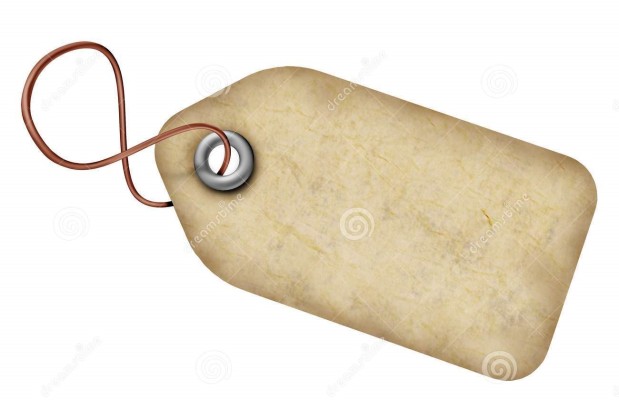
Double tagging
This is a mechanical error with dialogue that I’ve been seeing quite a bit of lately. The double-tag is when a dialogue paragraph has multiple attributions, which are unnecessary. Dialogue attribution is the means by which an author tells the reader who belongs to the dialogue. By convention, dialogue within the same paragraph belongs to the same character, so only one attribution is needed in the paragraph.
Dialogue attribution takes three forms:
Tags: Tags are saidisms like “Bill said” or “Jane yelled” or “Ed whispered.”
“I’ll meet you there at six,” said Mary.
Commas are used to separate dialogue tags from the dialogue.
Beats: Beats are action snippets that allow ‘stage direction’ into the dialogue to keep action going on while characters talk.

Gene flicked the safety off and raised the Glock. “Look here you son of a bitch, I ain’t gonna say this again.”
Periods separate beats from dialogue in this case, but sometimes the beat can come in the middle of a sentence. When the action does not interrupt the dialogue, it is separated by emdashes as so:
“Just so we’re all clear on this”―James clicked the remote, switching the presentation to the next slide―”I expect all of you to be willing to pitch in the extra hours this’ll take.”
If the action beat interrupts the dialogue, one dash (inside the quotes) is used to show the cutoff, then the dialogue may or may not continue after:
“Looks like we’re going to be late. Where is―” Kate jumped at a sudden explosion out back. “What the hell was that?”
Context: The third method to attribute dialogue is context tagging. This can be done in a few different ways. First, the way the dialogue sounds could belong to a specific character’s speaking style, that is obvious enough to tell the reader who is talking:
“I ain’ seen nuffin ‘aike dis afore.”
Or, the dialogue could be a direct answer to a question or a direct response to other dialogue addressing the character by name:
“Bill, where’s that damn USB stick?” asked Dave.
“Hell if I know.” (This line is indicated to be Bill speaking because it’s a direct answer, and the previous line addresses Bill by name.)
Another way to context-tag dialogue is if the dialogue only makes sense from one character. For example, if there are three characters in a scene, and only one of them is pregnant, a line of dialogue talking about feeling a painful contraction would only make sense coming from the pregnant character.
The problem: So that brings me back to the error of double tagging. Once dialogue has been attributed to a character, the reader knows that all the dialogue in the same paragraph is supposed to come from the same character, so an error like this is not needed:
Hank brought the pickup to a stop by the broken fence post, and got out. “Damn things are gettin’ bolder by the week,” he said.
Here, the dialogue is initially attributed by the action beat of Hank parking his truck. The “he said” at the end doesn’t do anything but increase the word count of the manuscript by 2. Avoid using “he said” or “she said” as “periods,” “stops,” or “pauses” in dialogue, that’s not what the tag is for. One dialogue attribution per paragraph is all that’s needed (and it is not necessary to hard-attribute every single paragraph of dialogue).
If there are only two characters in a scene, an attribution is needed only once every couple of lines to keep the reader from getting lost. If there are more characters involved in the conversation, more tags can be necessary so the reader doesn’t get lost as to who is speaking―but there is never a reason to tack on an extra ‘he said’ or ‘she said’ on dialogue already attributed.
(One example from an edit I worked on had an action beat as well as three “he saids” in the same paragraph.)
Memorable Characters
In short, dialogue is a great way to make memorable, believable characters. It’s also an easy way to make ridiculous characters if your dialogue is not handled with the care it demands. Try to picture a particular voice in your mind and hear the character speaking. Then, say their lines out loud and see if they sound “natural.” Last, avoid re-using the same beats and phrases repeatedly, and make sure if your character uses a slang term, that the term existed in their time period.
Happy writing!

